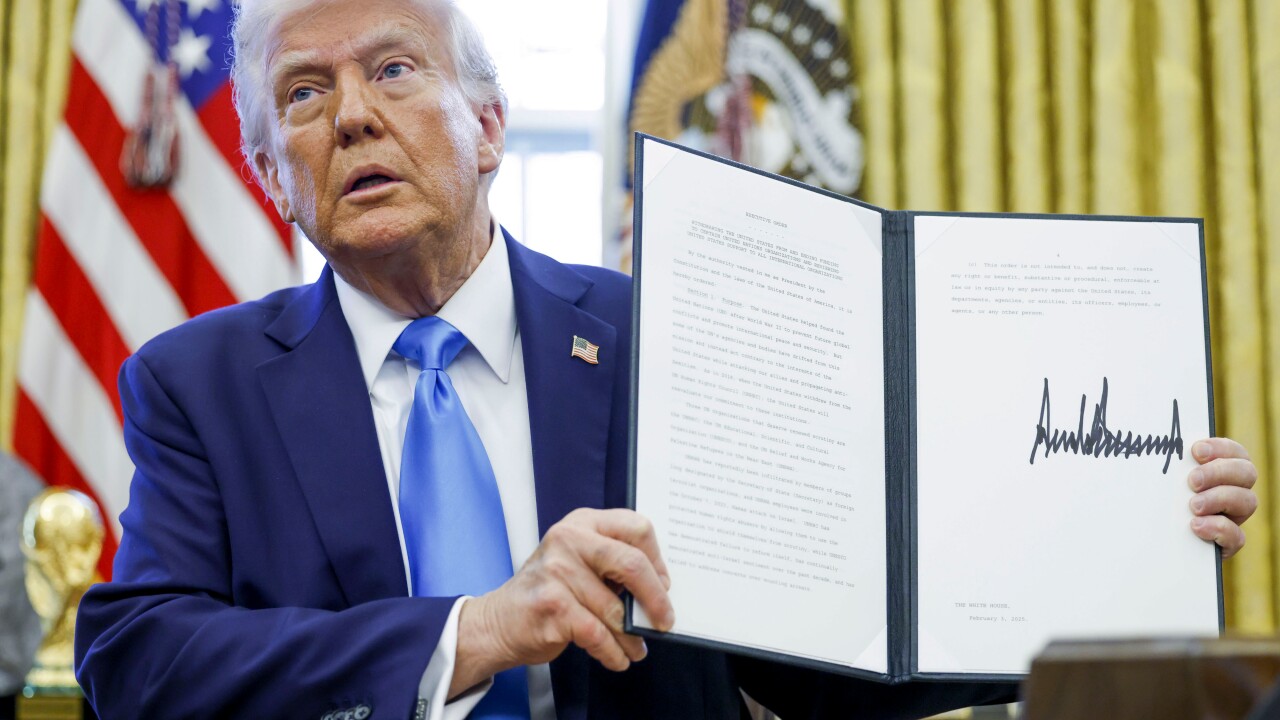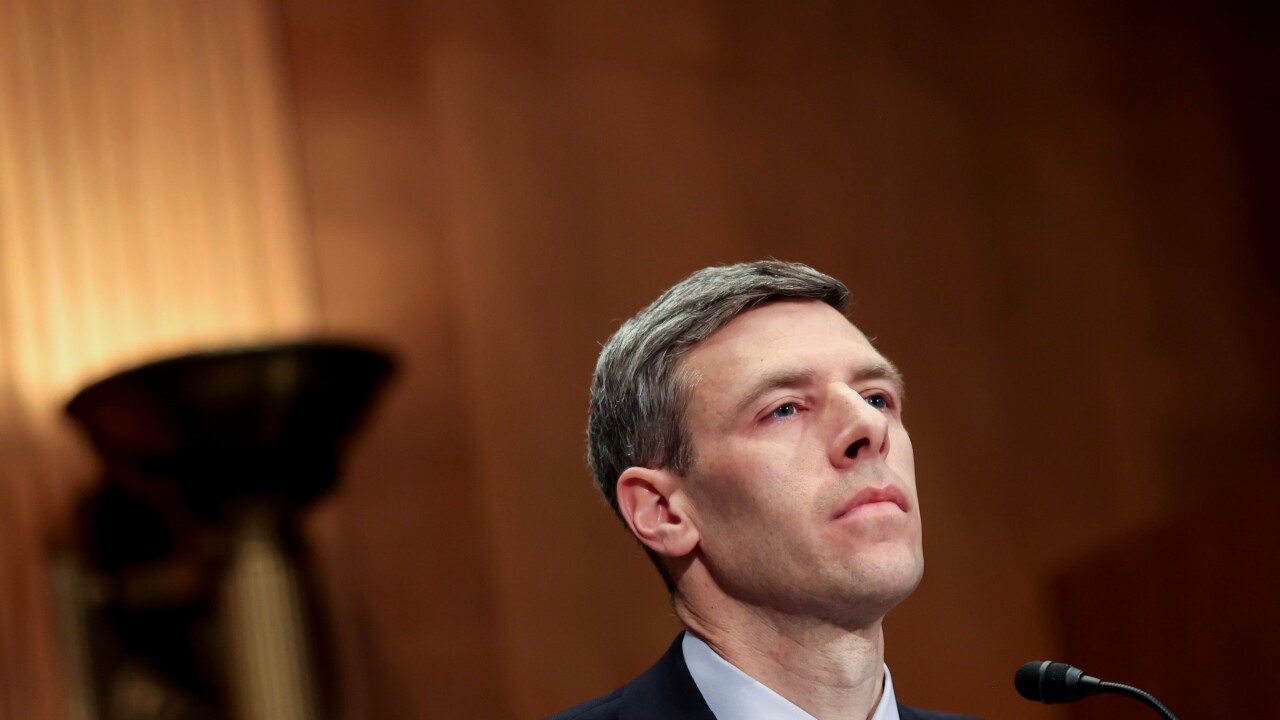The mobile wallet is a springboard for U.S. consumer adoption of broader financial applications. Banks, wireless carriers and vendors speak of the mobile wallet primarily as an application with the capability to store payment mechanisms on the wireless handset.
This application can in turn be used to execute physical-world transactions in communication with a point of sale terminal, initiate a mobile person-to-person transaction or initiate an e-commerce transaction from the mobile handset.
The mobile wallet will encourage revenue-generating sales and will provide valuable growth opportunities for mobile marketing.
The U.S. must learn the potential of the mobile wallet from its international counterparts. Japan's applications for the mobile wallet have expanded into other lines of business, including card issuance, payment (both online and in the physical world), transit and ticketing, among other applications. In Hong Kong, Singapore and London the mobile wallet adoption that emerged from contactless transit systems has driven mobile payments, and throughout the U.K. it is further driving contactless/mobile evolution. While there are fundamental market and cultural differences in the U.S., we must develop a model that will work within the framework of our ecosystem.
The fragmentation of the U.S. wireless and financial services arenas makes for difficult navigation for carriers and banks. Each entity seemingly has its own agenda, with conflicting goals with regard to customer interaction and revenue generation.
Wireless carriers employ the handset as the primary conduit between themselves and subscribers. Being able to deliver services over the device is paramount to their ability to keep churn to a minimum and average revenue per user as high as possible. Operators therefore want to "own" the wallet because they need to deliver the experience and the look and feel of the device that is consistent among their subscriber bases.
In deploying mobile wallet capabilities, banks want to expand the functionality of the mobile channel, provide compelling functionality to entice their customer base to engage via the mobile channel, while simultaneously maintaining brand presence on each handset.
The difficulty of maintaining this brand control in a handset environment that so far is largely controlled by the carrier depends mainly on the vendor products that allow for individual institution brand separation. Mobile wallet vendors are certainly keeping this in mind when designing their products. ViVOtech, for example, provides the capability for financial institutions to have individual branding — paramount for brand separation in a "drop-down" menu that the mobile wallet will become as more banks offer virtually issued cards available on mobile devices.
Carriers control the key to near-field communication, but there are subdomains within that larger portion that can be controlled by companies that effectively "rent" space on the handset, such as the banks, transit authorities, and others who see value in delivering such services through the mobile handset. Banks must work within the environment that the carriers have created, which at this point means working with established vendors.
The Sprint MyMoneyManager is a mobile wallet developed by the mobile banking vendor mFoundry. Sprint has branded and owns the wallet, but allows for applications to be written to that wallet, as well as unique branding by financial institutions. This situation provides for both carrier control and the potential to funnel financial services through the carrier, as well as ready-made access for banks. All indications are that Sprint wants the wallet to be as open as possible, to allow for as many subscribers to link to as many of their financial institutions as possible, which is of course in Sprint's best interest. Banks currently enrolled include BB&T, Citibank, IBC and PNC. Subscribers can access their PayPal accounts as well as their banks through this medium.
Sprint's MyMoneyManager is not a threat to financial institutions, but rather proof of the concept and the viability to all players. It is the perfect example of relationships that must occur in the fragmented U.S. market. The distribution models are already converging and vendor alliances can no longer be defined as "bank or carrier." Indeed, the landscape itself is rapidly shifting from "bank versus carrier" as both entities realize the divergent value propositions and the individual cost-benefit scenarios they can realize through mobile payments.
Another key component for the mobile wallet platform to evolve is that U.S. consumers need to see sufficient value in mobile wallet services and seek them from their carriers or their financial institutions.
Organic consumer demand for mobile wallets for payment activity remains nascent — a function of the relatively low percentage of consumers with smart phones or PDAs (14%), lack of physical-world mobile payments infrastructure and marginal incentive for carriers to invest in NFC-enabled handsets.
In moving forward, banks and network operators must listen to the priorities of customers and offer a viable solution. My company's research shows that security, speed at checkout, ease of use and convenience are factors that can drive mobile wallet initiatives forward.
For mobile wallet deployment to be successful and pervasive throughout the U.S. market, carriers must focus on expanding the functionality of the handset and delivering better applications — financial services-related and otherwise. Banks must focus on delivering services via the channel, homing in on the functionality consumers desire and making it work in that environment. And vendors must serve as the adhesive that brings the entities together, evolving the market from mobile banking to mobile payments.
The "happy medium" is not necessarily a happy revenue-sharing medium, or even harmony between banks and carriers, but brand and service control medium for each, as well as mutual benefits.





